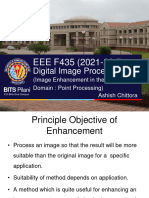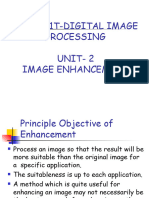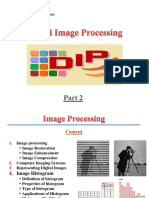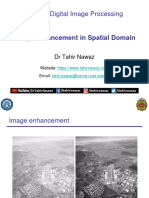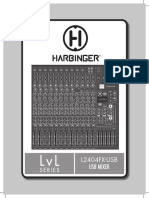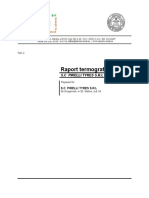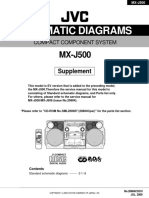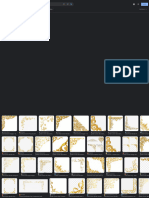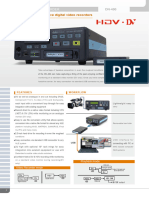0% found this document useful (0 votes)
36 views44 pagesUnit2 CV
The document discusses various image enhancement techniques, including gray level transformations, histogram processing, and spatial filters. It explains the differences between binary, grayscale, and color images, as well as methods such as point processing, contrast stretching, and histogram equalization. Additionally, it covers the concepts of correlation and convolution in image processing, highlighting their applications in filtering and pattern detection.
Uploaded by
jatin.topakarCopyright
© © All Rights Reserved
We take content rights seriously. If you suspect this is your content, claim it here.
Available Formats
Download as PDF, TXT or read online on Scribd
0% found this document useful (0 votes)
36 views44 pagesUnit2 CV
The document discusses various image enhancement techniques, including gray level transformations, histogram processing, and spatial filters. It explains the differences between binary, grayscale, and color images, as well as methods such as point processing, contrast stretching, and histogram equalization. Additionally, it covers the concepts of correlation and convolution in image processing, highlighting their applications in filtering and pattern detection.
Uploaded by
jatin.topakarCopyright
© © All Rights Reserved
We take content rights seriously. If you suspect this is your content, claim it here.
Available Formats
Download as PDF, TXT or read online on Scribd
/ 44
